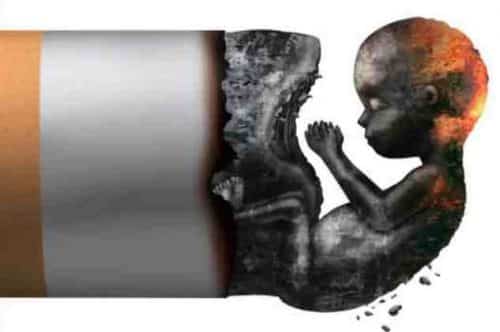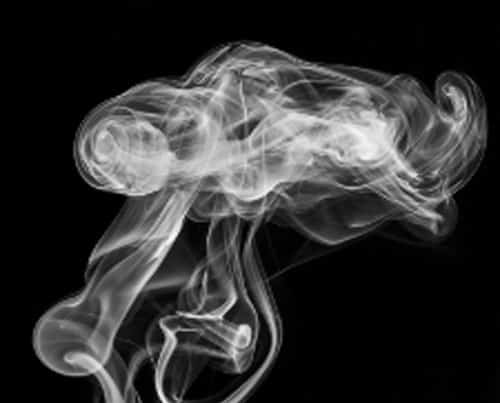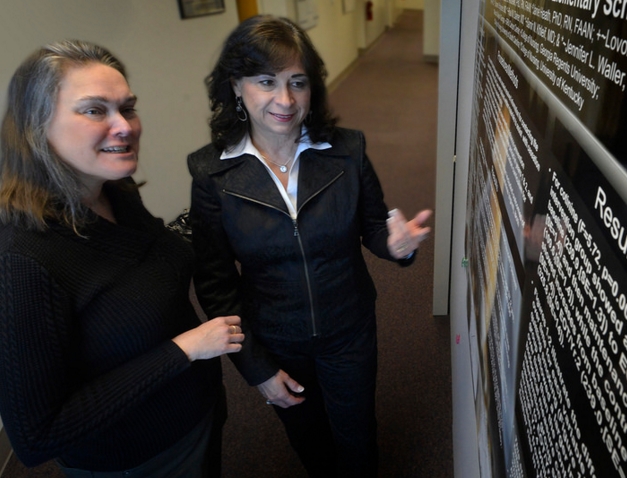 Juneau, Alaska, December 18, 2017 – On November 26, under court order, tobacco companies Philip Morris USA, Lorillard, R.J. Reynolds Tobacco Co. and Altria Group began a year-long advertising campaign telling the American people the truth about the deadly consequences of smoking and secondhand smoke.
Juneau, Alaska, December 18, 2017 – On November 26, under court order, tobacco companies Philip Morris USA, Lorillard, R.J. Reynolds Tobacco Co. and Altria Group began a year-long advertising campaign telling the American people the truth about the deadly consequences of smoking and secondhand smoke.
In 2006, a federal court ordered the companies to make these “corrective statements” after finding them guilty of violating civil racketeering laws and lying to the public about the dangers of smoking and how they marketed to children. The reason the ads began in 2017 rather than soon after the 2006 ruling is due to eleven years of appeals by the tobacco companies. During that time they fought, successfully, to remove the phrase “here is the truth” from the corrective statements, which would have highlighted the fact that the industry deliberately deceived the public.
Public health advocates in Alaska welcome the corrective statement ads as they focus attention on the enormous public health problem caused by tobacco use and the need for significant action to save lives.
Despite significant progress in reducing smoking, tobacco use is still the leading preventable cause of death and disease in the United States, killing more than 480,000 Americans and costing the nation about $170 billion in health care expenses each year.
“These ads serve as a reminder that tobacco’s terrible toll is no accident. It is caused directly by the deceptive and even illegal practices of the tobacco industry,” said Tammi Meissner, a SEARHC Health Educator and member of The Partnership for a Tobacco-Free SouthEast. “These ads should inspire our communities to stand up to the tobacco industry and take strong corrective action to reduce tobacco use and save lives in Alaska. That includes comprehensive smoke-free and tobacco-free policies.”
In Alaska alone, 11.1 percent of high school students still smoke and 17.7 percent use electronic cigarettes. Every year, 300 kids become regular smokers. Tobacco use claims 600 Alaska lives and costs the state $438 million in health care bills annually. [xyz-ihs snippet=”adsense-body-ad”]“The tobacco industry has long profited from deceptively promoting products that lead to disease, death, and economic hardship,” said Jessica Voeller, Tobacco Prevention Coordinator with Hoonah Indian Association, also a member of the Partnership for a Tobacco-Free SouthEast. “In Alaska, tobacco companies spend $17.7 million yearly to market cigarettes and other tobacco products to young adults. Not surprisingly, nine out of 10 tobacco users start before the age of 18. We’re hopeful these corrective statements will shine the light on the tobacco industry’s decades-long deceit and encourage political leaders to enact policies to help bring about the first tobacco-free generation.”
In 1999, the U.S. Department of Justice sued the major cigarette manufacturers, charging they had violated the civil provisions of the Racketeer Influenced and Corrupt Organizations Act (RICO) and other laws. Tobacco company defendants in the case include Altria, its Philip Morris USA subsidiary, and R.J. Reynolds.
On Aug. 17, 2006, U.S. District Judge Gladys Kessler issued her verdict against the companies. In a 1,683-page final opinion, she detailed how the tobacco companies “have marketed and sold their lethal products with zeal, with deception, with a singled-minded focus on their financial success, and without regard for the human tragedy or social costs that success exacted.” Importantly, Judge Kessler concluded, “The evidence in this case clearly establishes that Defendants have not ceased engaging in unlawful activity.”
Judge Kessler ordered the tobacco companies to publish corrective statements on five topics about which they had deliberately deceived the public:
- the adverse health effects of smoking;
- addictiveness of smoking and nicotine;
- lack of significant health benefit from smoking “low tar,” “light,” “ultra light,” “mild” and “natural” cigarettes (products that have been deceptively marketed as less harmful than regular cigarettes);
- manipulation of cigarette design and composition to ensure optimum nicotine delivery; and
- adverse health effects of exposure to secondhand smoke.
“It is a step forward that Big Tobacco has been forced to issue these long-overdue corrective statements, but it’s far from enough,” said Kristin Cox, Tobacco Prevention Coordinator with the National Council on Alcoholism and Drug Dependence and member of the Partnership for a Tobacco-Free SouthEast. “The Industry continues to market their deadly products to young people as well as target certain populations including racial and ethnic minorities, LGBTQ individuals, low-income communities, and people experiencing mental illness. Big Tobacco also continues to fight against the most effective policies to reduce tobacco use.”
The corrective statement ads started running November 26 in print and online in about 50 newspapers specified by the court. They will also run during prime time on the major television networks such as ABC, NBC, and CBS for one year. The ads are paid entirely by the tobacco companies. Once implementation details are finalized, tobacco companies must also publish the corrective statements on their websites and cigarette packs.
The corrective statement newspaper ads must run in the front section of Sunday newspapers such as The New York Times, USA Today, and the Wall Street Journal on November 26, December 10, January. 7, February 4, and March 4.
(Click here for details about the implementation of the court-ordered corrective statements.)








